A 4D movie theater experience goes beyond traditional 2D or 3D cinema, adding an extra layer of sensory immersion through physical effects that synchronize with the on-screen action. This dynamic experience heightens the excitement of a film by incorporating motion seats, environmental effects, and sensory stimulation that make you feel like you’re part of the movie. Here’s what to expect and see at a 4D movie theater at Glenwood Caverns, and why it’s such a thrilling way to watch a film.
1. Motion Seats
One of the most exciting features of a 4D movie theater is the motion seats.
These specially designed seats move in coordination with the on-screen action, mimicking the motion of vehicles, planes, or natural elements like wind and water. Whether you’re watching a car chase, an action-packed fight scene, or a roller coaster ride, the motion seats make you feel as if you’re right in the middle of the action.
The seats can tilt, vibrate, or jolt depending on the movie’s scenes. When a character is running, you may feel gentle vibrations under your seat, or during an intense explosion, the seat might jerk in response. This aspect of 4D movies helps create a deeper connection to the storyline, providing a full-body experience that’s far beyond the traditional theater.
2. Environmental Effects
In addition to motion, 4D theaters use environmental effects to replicate the conditions of the movie’s setting. These effects can include wind gusts, rain, snow, fog, and even scents, all designed to enhance the movie’s atmosphere. For example, during an ocean scene, gentle mists of water might spray across the audience, or during a windy mountain trek, fans simulate gusts of wind that make you feel like you’re scaling a peak alongside the characters.
Other effects might include heat or cold air bursts. If there’s a fire on screen, the theater may blow warm air towards the audience, or in an icy environment, a cool breeze may be felt. These effects further immerse you in the film’s environment, making it feel as though the movie is happening all around you rather than just on the screen.
3. Scent Effects
Scent is another element that enhances the 4D movie experience. Some 4D theaters incorporate fragrance systems that release scents in sync with the action on screen. For example, if a scene involves a car race, the theater might release the smell of burning rubber, or if a character walks through a garden, you might catch a whiff of fresh flowers.
These scent effects add a unique sensory layer to the experience, helping to transport the audience into the movie’s world. This multisensory stimulation is one of the defining features of 4D cinema and makes it stand out from other movie formats.
4. Lighting and Strobe Effects
In addition to physical effects, 4D theaters often use lighting and strobe effects to match the movie’s action. If a scene involves lightning or explosions, strobe lights will flash in the theater, mimicking the bright flashes of light on-screen. This adds to the intensity of action-packed moments, making you feel the brightness and chaos of those scenes.
Other lighting effects may be used to emphasize dramatic shifts in the film. For instance, a scene set at sunset might be accompanied by subtle lighting changes in the theater, helping to set the mood for that part of the movie.
5. Vibrations and Tactile Feedback
Tactile feedback is another feature of 4D theaters. Some seats have built-in vibration systems that react to specific moments in the film. Whether it’s the rumble of a spaceship or the thudding footsteps of a giant creature, these vibrations add a physical dimension to the action on screen.
In some theaters, tactile feedback goes beyond vibrations, with technology that allows the audience to feel gentle pokes or prods during certain scenes. For example, during a jungle scene, you might feel a soft brushing sensation on your legs, simulating the feeling of walking through tall grass or brushing against tree branches.



